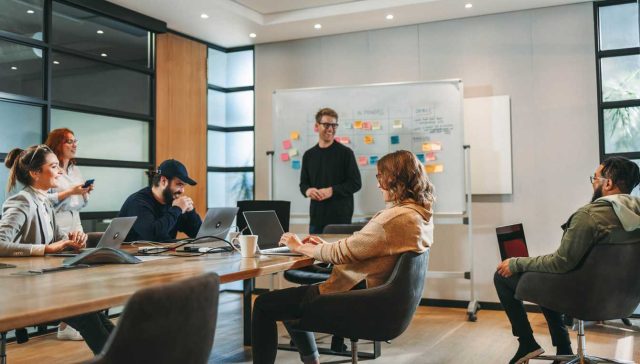
Our Blogs


Meeting IT Compliance Goals with Microsoft 365: A Guide for Businesses and the C-Suite
Discover how Intelliworx, a trusted Microsoft Solutions Partner, helps C-suites achieve IT compliance with powerful Microsoft 365 tools. Streamline your compliance strategy today!

From Reactive to Proactive
Discover how Microsoft Defender’s ASR rules, threat management, and automation help Aussie businesses stay ahead of evolving cyber threats.

Ready, Set, Migrate: Your Fun and Practical Guide to Microsoft 365 for Aussie Businesses
Discover how to make Microsoft 365 migration seamless and exciting! Get tips, tools, and expert support to boost your team’s collaboration and success.

Streamlining Your Device Lifecycle: How Microsoft Intune, Autopilot, and Intelliworx Can Transform IT Management
Discover how Microsoft 365 Copilot streamlines tasks and enhances productivity for Australian SMBs. Learn how Intelliworx, a trusted Microsoft Partner, can help you unlock its full potential today.

Microsoft 365 Copilot vs Competitors: Exploring the Unique Advantages for Australian SMBs
Discover how Microsoft 365 Copilot streamlines tasks and enhances productivity for Australian SMBs. Learn how Intelliworx, a trusted Microsoft Partner, can help you unlock its full potential today.
The tech company that empowers your business
Your business deserves IT solutions that work as hard as you do, and at Intelliworx, that’s exactly what we deliver. Inspired by what you’ve seen? Let’s write your success story together. Talk to us today and see how Intelliworx can be the partner that drives your business forward.







